When you walk down the street and spot a hairless dog, it always turns your head. They’re so different from the usual pups out for a walk! And while they may be more common than some of the unique dog breeds out in the world, they still catch your attention. But even in the hairless breed category, you’ll find a few surprises. And the Peruvian Inca Orchid – or PIO – is one of those tales. They’re still earning their place in the canine world, with only around 1,000 dogs registered. Once you start to learn more about this ancient breed, though, you’ll count yourself an instant fan.
Hairless By Any Other Name
Peruvian Inca Orchids come with a lengthy list of names. That naked skin – and the way people stumbled across them – prompted a variety of descriptions. In Quechua (the Incan language), their name translated to “dog without vestments.” This referred to their nakedness (in a fancy way). From there, the names grew more and more charming:
- PIO or Pio (since Peruvian Inca Orchid doesn’t always roll off the tongue)
- Inca Hairless Dog
- Perro sin Pelo del Peru (Dog without hair of Peru)
- Perros Flora (Flower dogs): The Spanish Conquistadors stumbled on the dogs inside Incan homes, reclining among orchids.
- Moonflower Dog
- Moon Dog: People often noticed the dogs staying active at night (due to their sun sensitivity)
- Peruvian Hairless Dog
Officially, the American Kennel Club (AKC) lists the breed as Peruvian Inca Orchid. But for the Federation Cynologique Internationale (FCI) and in Peru? They’re known as Perro sin Pelo de Peru, or Peruvian Hairless Dogs.
The Ancient Peruvian Inca Orchid
Plenty of dog breeds stretch back into our early histories (for instance, the Shar-Pei). The PIO is up there as an ancient breed, as well. No one’s quite sure about their official pedigree, but many believe they’re an off-branch of the Xoloitzcuintli. As sailors brought their favorite dogs down from Ecuador, the Peruvian Inca Orchid got its start. And the proof of their beginning shows up as early as 750 A.D.
Historians have found PIOs on pottery for the Moche, Chimu, Chancay, and Incans. And that hairless quality? It’s on the pottery, too! Some of those depicted dogs have sweaters on! The lack of hair allows these canines to feel extremely warm (something you also see in hairless cats). They don’t actually have a higher body temperature, but it gave these dogs a mystical quality in a time before thermometers. People considered them a source of medical healing. That warmth allowed them to serve as companions, treating problems with respiratory ailments and even arthritis.
They also served as hunters. They share the same body structure as other sighthounds, making them ideal for coursing. Coursing is when hunters prioritize sight over smell. The tribe hunters took the dogs out to flush and chase down smaller game. And these pups? They FLEW. Some of the fleetest PIOs carried messages between villages.
The PIOs Downfall
Unfortunately, when the fall of the Incan Empire came about, the Peruvian Inca Orchid suffered, too. The original PIO was a small dog, matching the stature you find in the smallest size class today (around eight pounds). As the Spanish Conquistadors invaded, they brought their dogs with them. Interbreeding occurred, producing larger (and larger) hairless dogs. This led to the three sizes you can find now (anywhere from 8-55 pounds).
In the villages of the Andes, the Peruvian Inca Orchid remained safe and protected. But along the coast? They didn’t do as well. Where their naked skin marked them as a symbol of power before, now it represented something else. People considered them diseased. And, unfortunately, they ended up exterminated, coming close to extinction.
Registered PIOs
In 1966, during a trip to Peru, Jack Walklin stumbled on the Peruvian Inca Orchid. And he fell in love. When he returned to the U.S., he brought eight dogs with him. He’s also the one credited with looking over all of their names to create that famous PIO label. While not an official member of the AKC yet, they are shown under the Miscellaneous Group.
However, the FCI recognized the breed in 1981. Jenny Tall brought the breed with her when she went to Europe, registering them in Germany under their American name. When the Kennel Club of Peru accepted the breed in 1985, they petitioned the FCI to change the name.
And with so much attention – and newfound popularity – Peru reviewed their historic pups. In 2001, they declared the Peruvian Inca Orchid a National Patrimony, granting the breed national protection. Now, visitors to the country will often see them walking with their owners down the street. And it’s even a law that every historical site must maintain at least two PIOs!
The Peruvian Inca Orchid
Peruvian Inca Orchids remind people of sighthounds. Well, sighthounds minus the hair. And you’ll find plenty of similarities between the two groups. This can make for some challenges if you choose to add one to your household, especially if you have children, cats, or other small pets around. And their personalities vary, making training a bit of a workout. But with the sweet affection they’ve carried from their ancient blood, you couldn’t ask for a more loving canine companion. And, really, who can resist those big ears and adorable eyes looking up at you and begging for a snuggle?
Peruvian Hairless Dogs – Or Are They?
Everyone recognizes the hairless quality of the Peruvian Inca Orchid. You won’t need to break out a dog brush, but you’re also not getting a maintenance-free pup. Plenty of PIOs have “mohawks,” and you may see a few tufts along the tail or feet. It makes them that much more endearing. You often find them in shades of black, brown, gray, pink, tan, and white OR freckled. As they age, though, the freckles start to blend into their predominant skin tone.
And you need to care for that skin. They have soft, delicate skin that DOES require some care. Without regular baths, they can develop acne problems. (Yes, acne) Some pups may also need a gentle moisturizer to prevent drying of the skin. As the skin dries and cracks, it may tear, leading to wounds and infections. And if you plan to head out in the sun, they’re a prime candidate for sunburn. A quality dog sunscreen is a MUST to keep them safe.
You’re also going to need to remember that lack of hair when the temperatures drop. While you’re Peruvian Inca Orchid FEELS hot to the touch, they have the same internal body temperature as any other dog – WITHOUT a layer of fluff to provide warmth. This means having dog sweaters and coats handy if you live in a region with rough winters. You DON’T want your poor PIO to end up shivering and cold.
However, there IS a catch: some PIOs have coats! It’s rare, but some puppies in litters may develop a short or medium coat. And it can end up curly OR smooth. In that case, you WILL need to invest in some regular brushing to prevent excessive shedding.
View this post on InstagramA post shared by Odin ‘Sonderwol Legend Kingly’ (@odin.theperuvianhairless)
Indoor Activity
No one wants to see an overweight PIO. And trying to convince your wiry sighthound to turn into a lazy dog WON’T work. Similar to Greyhounds and Whippets, Peruvian Inca Orchids love to stay active and play. This makes them ideal if you’ve ever felt interested in competing in agility or rally arenas. Their sleek shape allows them to put on bursts of speed and navigate through obstacles without a problem.
But you’ll need to consider the climate carefully. PIOs are NOT outdoor dogs. They need to stay comfortable. This makes them ideal for apartments, particularly as they’ll happily play games of fetch inside. Or you can get away with walking them along hallways and corridors when the temperature and weather outside won’t let you venture to the park.
They ARE sighthounds, though. So you’ll want a fence if you play with your PIO in the backyard. They have a high prey drive, and once they take off after something small and furry (say, a squirrel – because, with dogs, it’s always squirrels), you may struggle to catch up with them. That same prey drive also makes them a risk around cats and smaller household pets. It’s not to say you CAN’T keep the two together, but you’ll want to supervise interactions carefully.
A Range of Temperament
The Peruvian Inca Orchid has gained a popular following for their affectionate and noble history. But it’s important to remember these hairless pups also worked as hunters and guards in those ancient villages. They remain alert in the home, often announcing the presence of people at the door before you hear the knock or bell. You’ll find a wide range of temperaments, and it’s important to discuss the parents’ behavior when you meet with your breeder to pick out a puppy PIO.
They’re highly intelligent dogs, often picking up new commands in a short period of time. But with those smarts comes a stubborn streak. And without proper socialization as a puppy, you may find yourself struggling with the training process. You don’t want to encourage any rough play in those first few months, or you may end up with an aggressive dog on your hands. And due to their varied history, you’re better off skipping PIOs in households with young children. (Older children tend to make better companions)
Peruvian Inca Orchid Health
Despite the bumps in the road of their history, the Peruvian Inca Orchid doesn’t have many health problems you need to worry about. Though, if you have a hairless version of the breed, you can expect to cope with dental issues. The gene that carries hairlessness also brings incomplete teeth. And whether your PIO has all of their teeth or a couple missing, you must keep up with regular brushing.
That hairless quality also means a chance for the ear wax to build up. Left untended, it’s easy for infection to develop. It’s important to check and clean the ears regularly – usually as part of the bath. This will keep your PIO from ending up with worse ear issues down the road.
Otherwise, the Peruvian Inca Orchid Club of the United States (PIOCUS) recommends testing the following on all registered dogs:
- Patella exam to evaluate the knees
- Cardiac exam
- Baer testing for hearing loss
- Ophthalmological evaluation for eye disorders
From Pottery to Posch
The Peruvian Inca Orchids have a long history. They shared their lives with some of the oldest tribes in South America. And now? They get to enjoy meeting and greeting tourists at historical sites throughout Peru. Not to mention becoming fan favorites with everyone who catches a glimpse of their large ears, proud heads, and hairless (or coated!) skin. You’ll need some time and patience to manage that delicate skin, should you consider bringing a PIO into your life, though. Not to mention preparing to match wits with a brilliant pup.
But when they snuggle close to you, sharing their body warmth? You’ll start to believe all those old tales of magic, too.

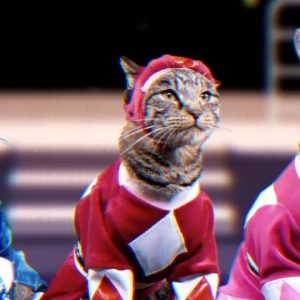
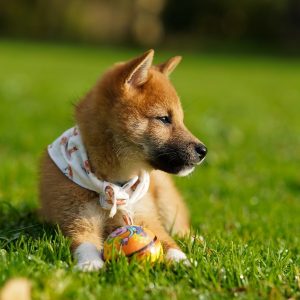
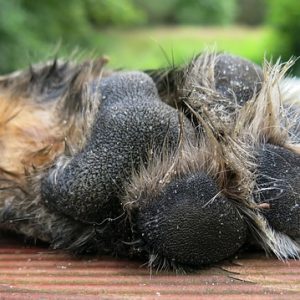

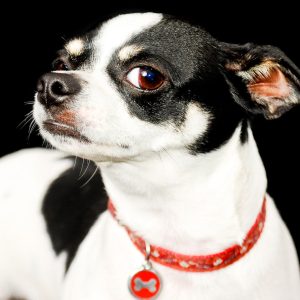
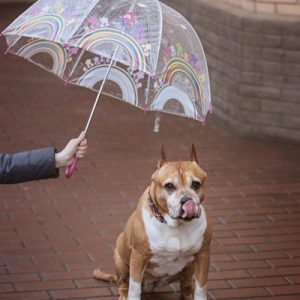

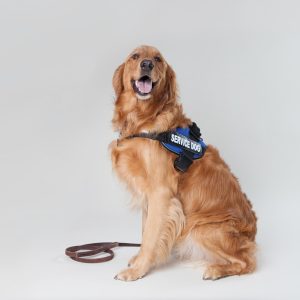
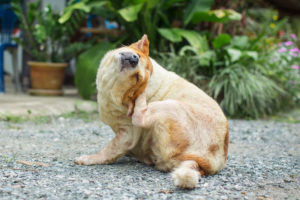
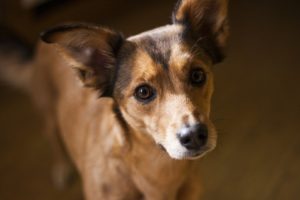
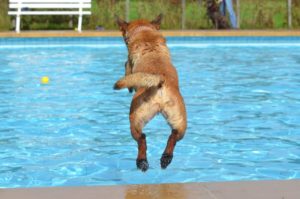

No comment yet, add your voice below!